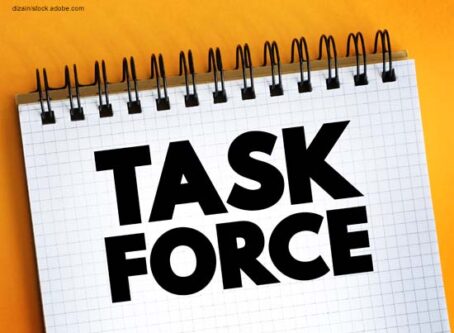FHWA propelling zero-emission truck adoption at the ports
As the push toward zero-emission trucks is being felt the hardest at the nation’s ports, the federal government is stepping in to ease that transition.
Ports have been ground zero for zero-emission trucks for several years now. For environmental groups, they are an easy target as hundreds or thousands of trucks and other heavy equipment congregate in a small space each day, driving up emission in the area. For operators, electrifying a drayage fleet is more feasible than most other trucking operations.
In California, the Advanced Clean Fleets regulations require all newly registered drayage trucks to be zero-emission trucks. The state’s Advanced Clean Trucks regulation requires a certain percentage of new truck sales to be zero-emission by 2035. That regulation has been adopted by about a dozen other states, including coastal states with ports. At the federal level, new truck emission standards will require 60% of light-heavy vocational trucks to be zero emission, while 25% of sleeper cab trucks must have zero-emission technology.
Zero-emission truck regulations are putting pressure on port operators to go electric sooner than others. The Federal Highway Administration recently announced nearly $150 million in grants to 11 states and Puerto Rico under its Reduction of Truck Emissions at Port Facilities Grant Program. A total of $400 million will be available through that program, thanks to investments made through the Infrastructure Investment and Jobs Act.
“It’s about making sure that people are able to have a high quality of life even if they are in close vicinity of these hugely important economic drivers for our economy,” FHWA Administrator Shailen Bhatt told Land Line Now.
Listen to Land Line Now’s interview with FHWA Administrator Shailen Bhatt:
Most of the grants are going toward programs that deal with electric trucks and charging stations. In Louisiana, $7.1 million will be used to purchase 14 all-electric heavy-duty terminal trucks and five light-duty pickup trucks. In California, WattEV will receive $9 million for 40 Class 8 electric trucks at the Port of Long Beach.
Although most of the money is going to ports and large companies, at least one program supports owner-operators. The Northwest Seaport Alliance will receive $16 million to provide financial incentives to independent owner-operators and small trucking companies to buy zero-emission trucks at the Ports of Seattle and Tacoma.
It’s not just electric trucks and charging stations. Emission regulations specify only zero-emission trucks, not necessarily electric trucks. That includes a wide range of technologies.
In Alabama, a $4 million grant will implement a new fuel injection technology on trucks at the Port of Mobile. That technology will reduce fuel consumption and cut emissions. The Port Newark Container Terminal will replace 20 diesel trucks with vehicles running on low-emitting propane fuel.
“We’re not anti-fossil fuel, but we are trying to promote a reduction of emissions, and that’s what (Port Newark Container Terminal is) able to show through this grant,” Bhatt said.
FHWA is also funding projects that reduce the carbon footprint on diesel trucks that enter the ports but have not transitioned to zero-emission truck technology.
At the Seaboard Marine Port in Miami, more than $8 million will go toward operational improvements that will reduce truck idling times at the gates by at least 10 minutes. A similar project will take place at the Jacintoport Terminal at the Port of Houston, as well.
One thing missing in this first round of funding is hydrogen technology. With current technology, battery electric trucks are not feasible for long-haul operations. Hydrogen technology shows the most promise for long distances. However, Bhatt suggested electric vehicles for many long-haul operations may be feasible soon.
“For a lot of our freight shipments on some of these longer distances, it’s actually going to be viable in the near future,” he said. LL









